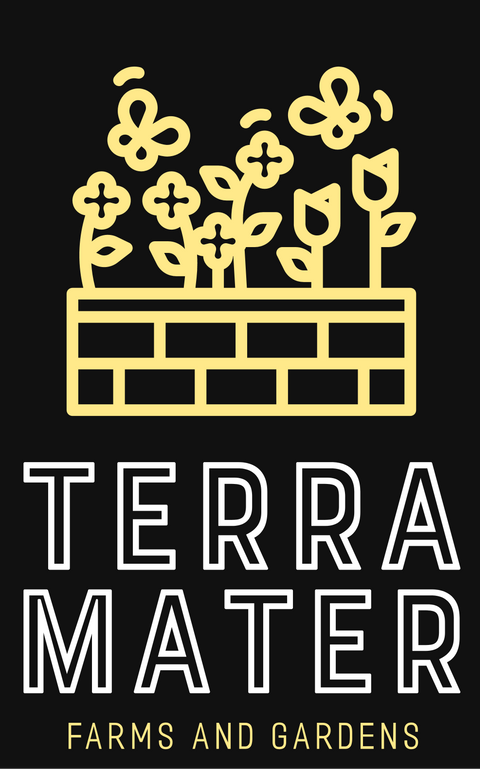Swamp Sunflower 50+ Seeds (Helianthus angustifolius) – Native Perennial Wildflower – Bright Yellow Blooms for Wetland Gardens, Pollinator Habitats & Fall Color
Minimum: 50+ seeds
Add a splash of golden brilliance to your landscape with Swamp Sunflower Seeds (Helianthus angustifolius). This native perennial wildflower lights up gardens with its cheerful yellow blooms in late summer to fall, providing vital late-season color and a rich nectar source for pollinators. Thriving in wetlands, rain gardens, and moist soils, the Swamp Sunflower is an adaptable and low-maintenance addition to naturalized areas, cottage gardens, and wildlife habitats. With its tall, graceful stems and narrow foliage, this sunflower variety creates a striking vertical accent while attracting butterflies, bees, and birds to your garden.
🌼 Plant Characteristics
- Plant Type: Native perennial wildflower.
- Height: Grows 5–8 feet tall, forming dramatic vertical accents in gardens.
- Bloom Time: Late summer to fall; provides brilliant yellow blooms when other flowers fade.
- Flower Appearance: Bright daisy-like yellow flowers with dark centers, clustered atop tall stems.
- Foliage: Narrow, lance-shaped green leaves offer a graceful backdrop to the flowers.
- Wildlife Benefits: A magnet for bees, butterflies, and birds, offering nectar and seeds.
- Uses: Ideal for wetlands, rain gardens, naturalized meadows, pollinator habitats, and fall landscapes.
🌞 Growing Tips
- Light Requirements: Thrives in full sun (6–8 hours daily) but can tolerate light shade.
- Soil: Prefers moist, well-draining soils but can adapt to heavier, wetter conditions, making it perfect for rain gardens or low-lying areas.
- Watering: Requires consistent moisture, especially in drier conditions. Performs best in areas with naturally damp soil.
- Spacing: Plant seeds 12–24 inches apart to allow room for tall growth and air circulation.
- Germination: Seeds germinate in 10–20 days when temperatures are between 65–75°F. Sow seeds outdoors in spring or late fall for natural stratification.
- Maintenance: Once established, Swamp Sunflower requires minimal care. Cut back in winter to encourage new spring growth.
Pro Tip: Plant Swamp Sunflower in groups to create an eye-catching display and provide abundant nectar for pollinators.
🍂 Seasonal Interest
- Late-Season Blooms: Swamp Sunflowers flower from August to October, offering bold yellow color when most summer blooms have faded.
- Pollinator Habitat: The late bloom period provides a critical food source for pollinators like monarch butterflies, native bees, and honeybees as they prepare for winter.
- Seed Source for Birds: In fall, the seeds attract birds like goldfinches and sparrows, creating a lively and biodiverse garden.
🌿 Companion Planting
Swamp Sunflower pairs beautifully with other moisture-loving native plants to create thriving rain gardens, wetland habitats, and pollinator meadows. Ideal companions include:
- Joe-Pye Weed (Eutrochium purpureum): Adds tall, purple blooms that complement the yellow flowers.
- Blue Vervain (Verbena hastata): Offers vibrant blue spikes for stunning color contrast.
- Cardinal Flower (Lobelia cardinalis): Provides bold red blooms and thrives in similar moist conditions.
- Switchgrass (Panicum virgatum): A native grass that adds texture and supports erosion control.
- Ironweed (Vernonia noveboracensis): Deep purple blooms extend the late-season color palette.
🐝 Pollinator & Wildlife Benefits
Swamp Sunflower is a pollinator powerhouse and ecological champion:
- Bees & Butterflies: Flowers provide a rich nectar source for bees, butterflies, and other pollinating insects.
- Bird Habitat: Produces seeds that attract songbirds in the fall and winter.
- Native Support: As a native plant, it plays a role in supporting regional ecosystems and wildlife.
Did You Know? Swamp Sunflower’s tall growth and dense foliage can serve as a natural windbreak or living screen in gardens.
🌾 Landscaping & Garden Uses
- Rain Gardens & Wetlands: Perfect for damp soils, rain gardens, and areas prone to flooding.
- Wildflower Meadows: Incorporate into native meadows for a low-maintenance, naturalized look.
- Pollinator Gardens: Provides late-season food for insects and birds.
- Cottage Gardens: A charming, rustic addition that pairs well with other wildflowers.
- Borders & Backdrops: Use the tall stems as natural screens or to create vertical interest.
🌱 Why Grow Swamp Sunflower?
- Late-Season Color: Adds vibrant yellow blooms when most flowers are done for the season.
- Pollinator-Friendly: A vital food source for bees, butterflies, and birds.
- Low-Maintenance: Thrives with minimal care once established.
- Erosion Control: Deep root systems help stabilize soil in wetland or flood-prone areas.
- Native Plant: Supports local ecosystems and wildlife naturally.
Bring the beauty and resilience of Swamp Sunflower to your garden. Its brilliant yellow blooms, late-season interest, and wildlife benefits make it a perfect choice for wetland areas, naturalized gardens, and pollinator habitats. With minimal maintenance and maximum visual impact, this native perennial will brighten your landscape and support the environment for years to come. 🌼🌞✨





